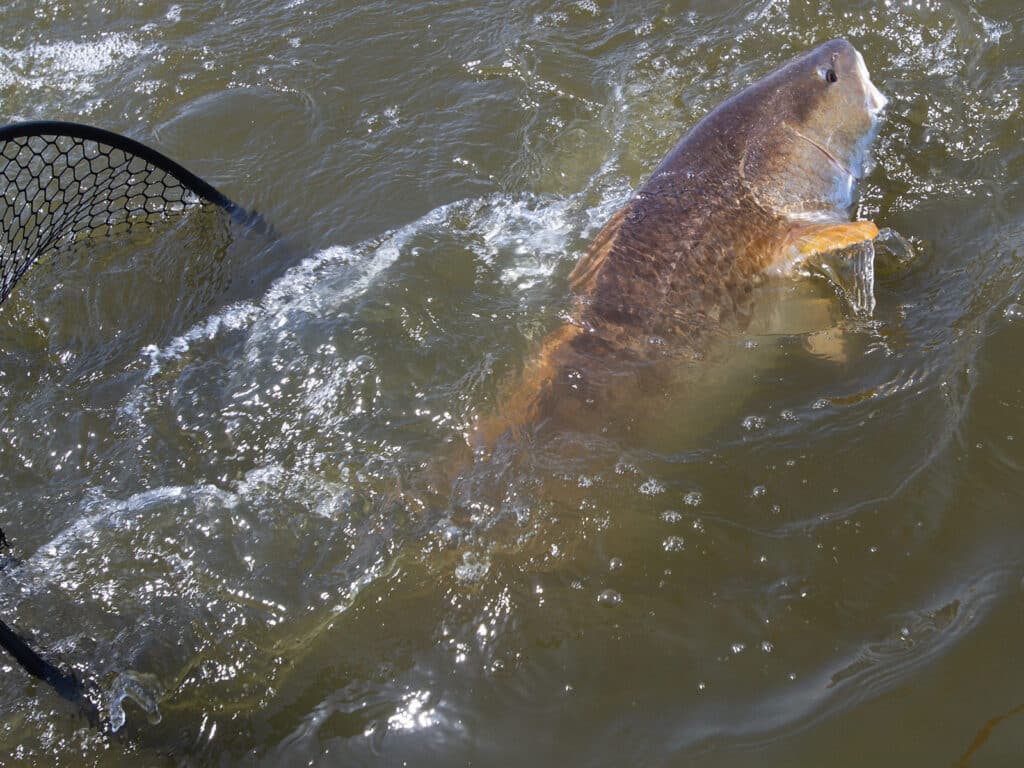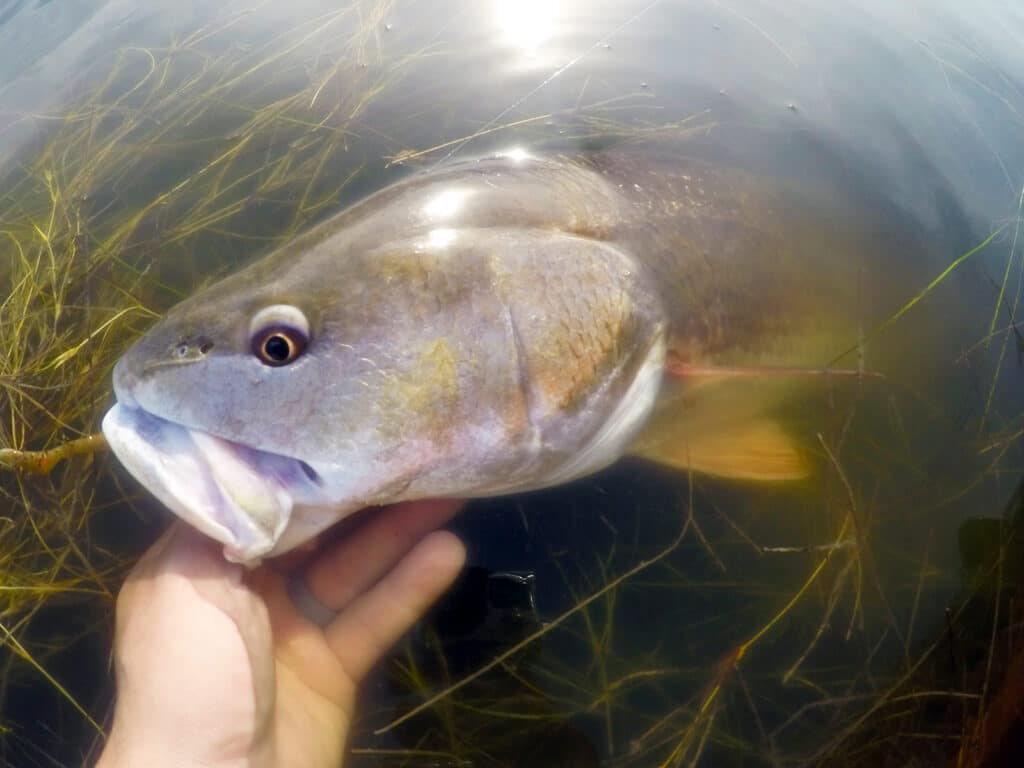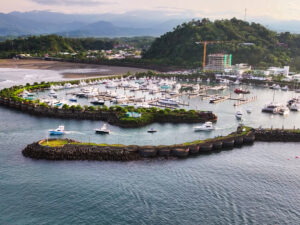
A Florida International University (FIU) and Bonefish & Tarpon Trust (BTT) study, lasting 12 months and covering nine wide-ranging regions of Florida, has shown that the state’s redfish have a harmful level of pharmaceutical contaminants. This study follows a similar one by BTT that showed pharmaceuticals were prevalent in Florida bonefish.
“These studies of bonefish and redfish are the first to document the concerning presence of pharmaceuticals in species that are important to Florida’s recreational fisheries,” said Dr. Jennifer Rehage, FIU professor and lead researcher in the study. “Given the types of pharmaceuticals found, we are concerned about the role pharmaceuticals play in the health of our fisheries.”
The Drugs Found in Florida Redfish

Opioid pain relievers, psychoactive and cardiovascular medications were the most common drugs detected. The opioid pain reliever tramadol and the anti-arrhythmic medication flecainide were found in over half of the redfish sampled statewide. The antipsychotic medication flupentixol was found in quantities above safe levels in 20% of the reds tested.
A dozen pharmaceuticals accounted for over 97 percent of medication detection. Harmful effects on fish have been documented for seven of the pharmaceuticals. These include: tramadol, caffeine, donezepil, dicolfenac, diphenhydramine, sertraline, and ranitidine. The effects of the remaining 5 pharmaceutical drugs — felodipine, flecainide, flutamide, flupentixol, and clotrimazole — remain unknown.
Scientists, fishing guides and anglers sampled redfish in nine of Florida’s most important marine estuaries: Pensacola, Apalachicola, Cedar Key, Tampa Bay, Charlotte Harbor, Florida Bay, Northern Indian River Lagoon (IRL), St. Augustine and Jacksonville.
Pharmaceuticals were found in every estuary, with an average of 2.1 drugs per fish and a maximum of five drugs discovered in one red drum. The pharmaceutical drug averages were: Apalachicola 3.3, Tampa Bay 3, St. Augustine 2.5, Cedar Key 2.2, Jacksonville 2.1, Charlotte Harbor 1.8, Pensacola 1.8, Florida Bay 0.9, and Indian River Lagoon 0.9. About six percent of the 113 sampled redfish had no drugs in their tissues or blood systems while 25% of the fish exceeded safe pharmaceuticals levels.
Prescription Drug Disposal is Unregulated

Approximately 5 billion prescriptions are filled each year in the US, yet there are no environmental regulations for the production nor disposal of pharmaceuticals worldwide, according to a BTT press statement.
Pharmaceutical contaminants originate most often from human wastewater and are not sufficiently removed by conventional water treatment. They remain active at low doses, can be released constantly, and exposure can affect all aspects of fish behavior, with negative consequences for their reproduction and survival. Pharmaceutical contaminants have been shown to affect all aspects of fish life, including feeding and migratory behavior.
Florida Must Upgrade Wastewater Treatment Systems
The study shows the urgent need to modernize Florida’s wastewater treatment systems, says BTT President Jim McDuffie. Florida’s $13.9 billion annual recreational fisheries business is at risk if nothing is done.
According to BTT, European research has shown that most pharmaceuticals can be removed by applying ozone treatment to wastewater. Florida’s efforts to upgrade wastewater infrastructure to remove nutrients (which contribute to algal blooms like red tide) also should include retrofitting existing wastewater treatment plants with additional ozone treatments. All new wastewater treatment facilities should include this, says BTT. And converting septic systems to residential wastewater treatment is essential to improving water quality.
“Florida is a leader in addressing water quality issues and wastewater infrastructure, including converting septic systems to sewage treatment,” said Kellie Ralston, BTT’s Vice President for Conservation and Public Policy. “There are opportunities for improvement by retrofitting existing wastewater treatment plants with innovative technologies, like ozone treatment, to remove pharmaceuticals and requiring such technology on new wastewater facilities.”









